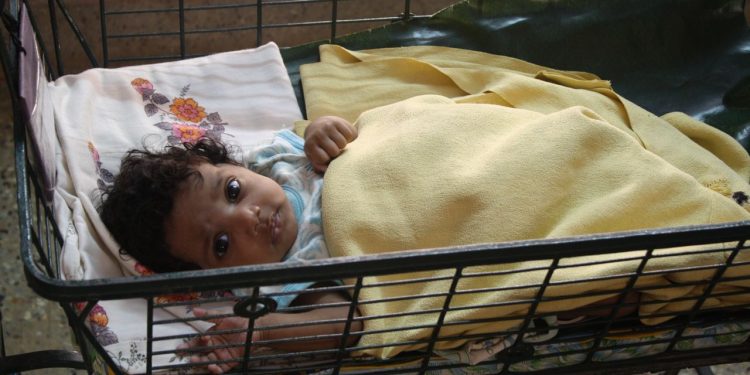The Case of Disappearing Girls

“India is the most dangerous place in the world to be a girl,” a recent UN report concludes. For girls living in the state of Bihar, this reality is all too real. Girls are forced to eat meager leftovers after their male family members have dined, and are at high risk of being assaulted while traveling through their neighborhoods. Fourteen-year-old Munni, who lives in a slum area in Northern India, notes that she “feels scared because older boys and men in her neighborhood drink, get into fights, and take advantage of young girls. Her confidence is low and it is hard for her to see beyond her present state.”
Girls In India
These harsh conditions also have long-term impacts on the girls’ lives. In Bihar, two thirds of girls are malnourished because they are deprioritized when it comes to distributing food among family members. Over 50% of girls in India are illiterate; as a result, they are forced into domestic roles with no chance of escaping this vicious cycle. Half of these girls are married before the age of eighteen so that their families will no longer have the responsibility of taking care of them. Members of the girls’ communities also pose a threat. 40,000 children were abducted over the past year and 7,200 females were sexually assaulted. In both cases, the primary victims were young girls.
The Issue
While some of these problems may appear to be the result of unfortunate living conditions, they are symptomatic of a larger issue. Families prefer male children. Males are valued because they will grow up and continue the family line. They are also considered more capable of caring for elderly parents and carrying out post-death rituals for the family. Females are considered a burden because the money required for dowry is not available to many impoverished families. Consequently, there has been an increase in feticide and infanticide when babies are known to be girls. According to a 2011 study, about half a million abortions occur in India each year. Mothers are encouraged to get an abortion when the ultrasound shows a female fetus. In other cases, mothers are expected to abandon their baby girls on the roadside rather than bringing them home. Thousands of baby girls are abandoned each year. The ratio of female to male children in India is rapidly decreasing. 20% of the villages in Gujarat have a child sex ratio of less than 800 girls per 1,000 boys. Girls who do manage to survive into childhood are often abused, silent victims to domestic violence. In a 2007 report, 47% of girls reported cases of abuse. It is believed that the actual numbers are much higher; however, fear and desperation prevent them from speaking out.
The Solution
While measures such as the anti-dowry law (1961) and the prohibition of ultrasounds to determine a child’s sex (1994) have been put in place, change is still slow to occur. A more promising solution comes in the form of giving girls opportunities and chances to make their own decisions. By educating girls, we can ensure that their children will have a more promising future, breaking the cycle. Organizations such as the Unique Home for Girls in Punjab work to take in children who have been abandoned. Nanhi Kali, a non-profit organization, raises money to provide more adolescent girls with the opportunity to attend school. These girls are now better equipped to provide for themselves and are no longer confined to underage marriage. Munni now believes she has a way out. She “dreams of becoming a teacher-her hope is to make a difference to children from poor communities.” The struggle for gender equality is far from over, and we should continue to provide India’s girls with more education opportunities. Hopefully, one day, more girls like Munni will be able to follow their own dreams.
[Image Attribute: Invisible Girl Project]



